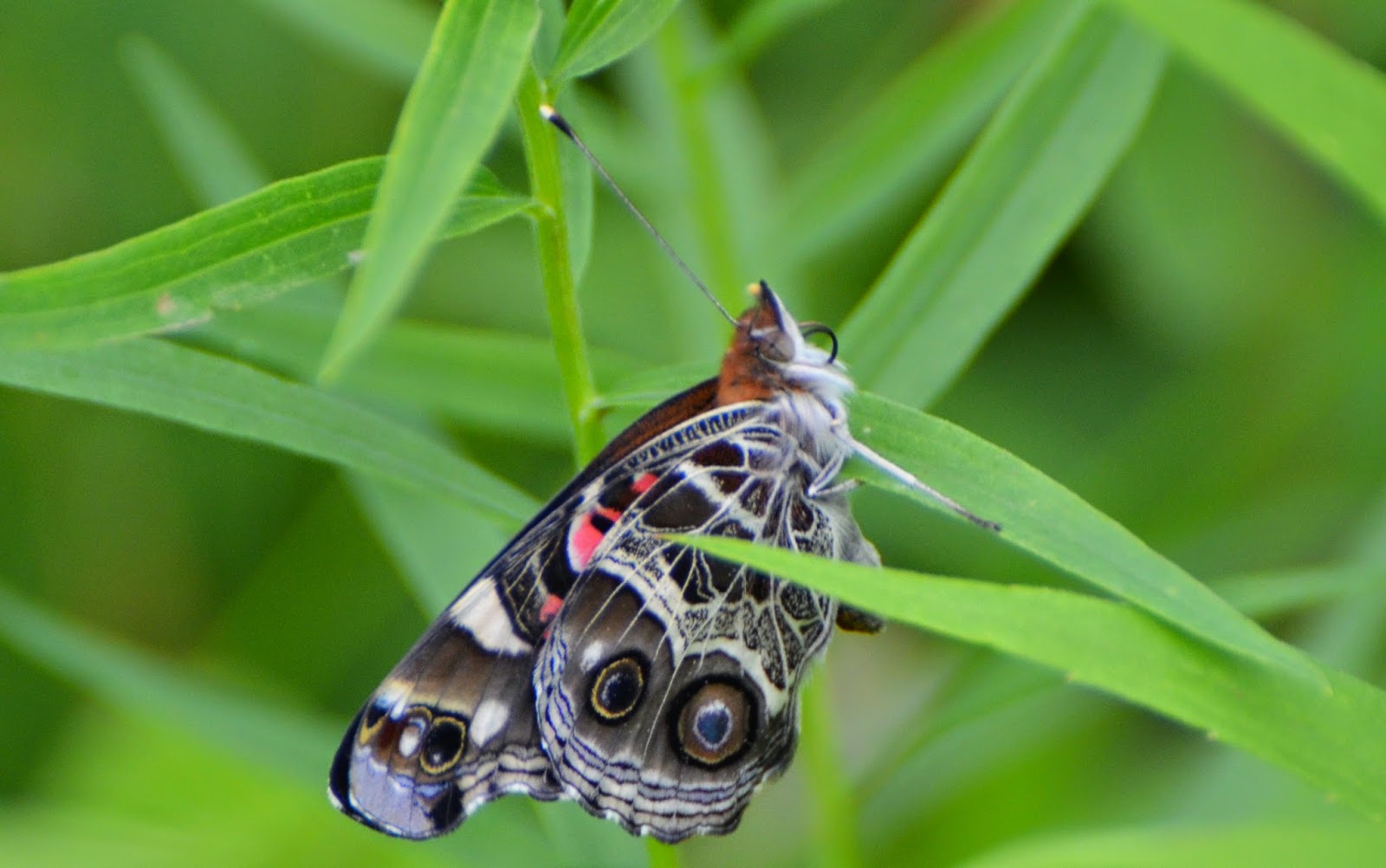 |
| A not so angry Rose-breasted Grosbeak partakes of some sunflower seed |
 |
| The parent Red-eyed Vireo (top) and its begging cowbird fledgling (bottom) |
 |
| An Eastern Wood Pewee - plotting its attack? |
 |
| When the pewees weren't chasing the vireo they'd be at each other |
 |
| Imagine being intimidated by something called a "pewee" |
 |
| The vireo finds its prey (usually insect larva) lurking on leaves and branches |
 |
| The hummingbird buzzes off after another "victim" |
 |
| Cedar Waxwings have been very common lately |
 |
| Waxwings love to take insects on the wing |
 |
| Local migrants like this immature Chestnut-sided warbler are being seen nearly everyday |
 |
| An immature Bay-breasted Warbler is a relatively early migrant from the north country |
 |
| The Nashville Warbler is another local migrant |
 |
| Baltimore Orioles are only seldom seen locally after August |
 |
| The Least Flycatcher is yet another migrant songbird that breeds locally |













































